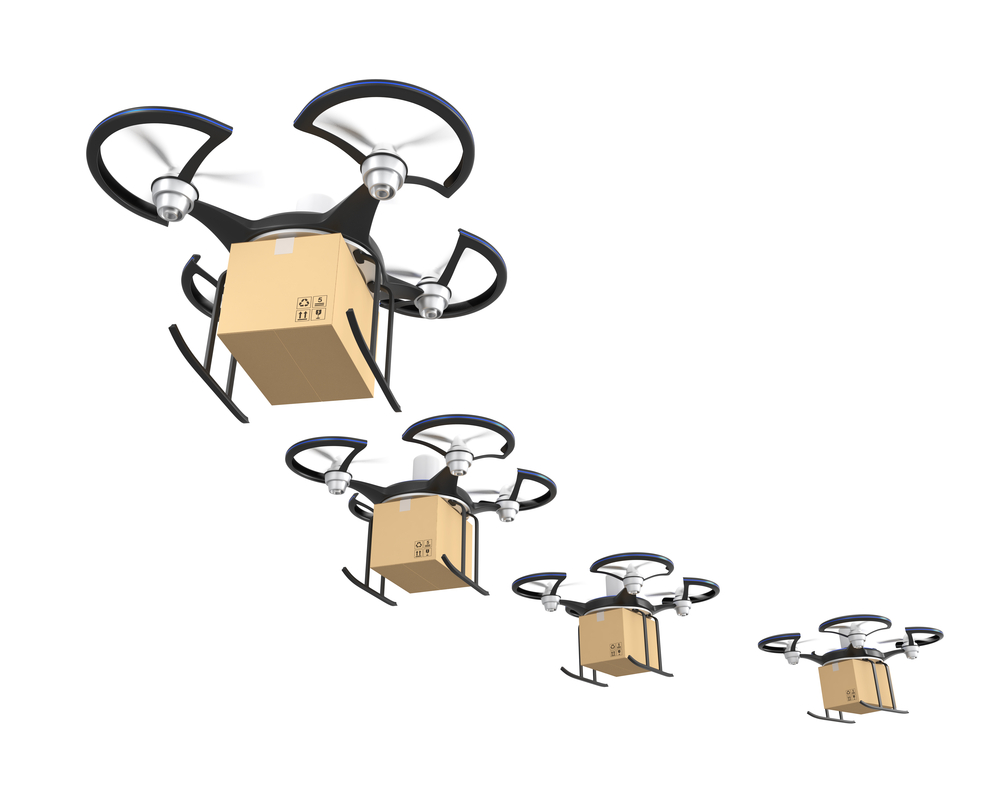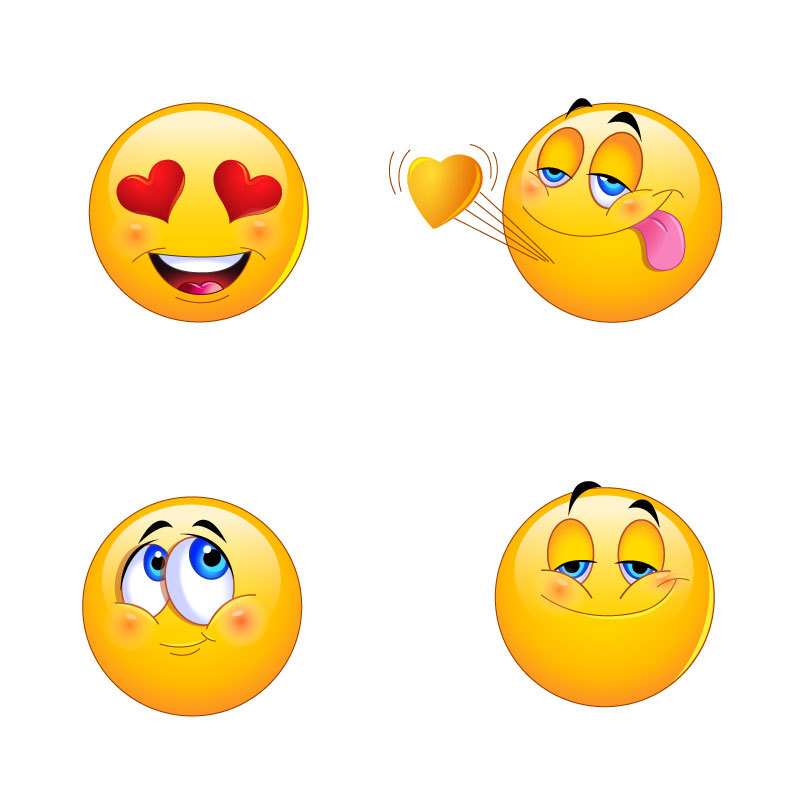Drone Deliveries
Could be around the corner
Drones are unstoppable. Within the next one to three years we’ll receive our orders via drones if the private sector and government work hand in hand. Giants like Google and Amazon, and Wal-Mart have all announced working on developing their own fleet of drones to ship orders. The main setback remains the number of regulatory […]

